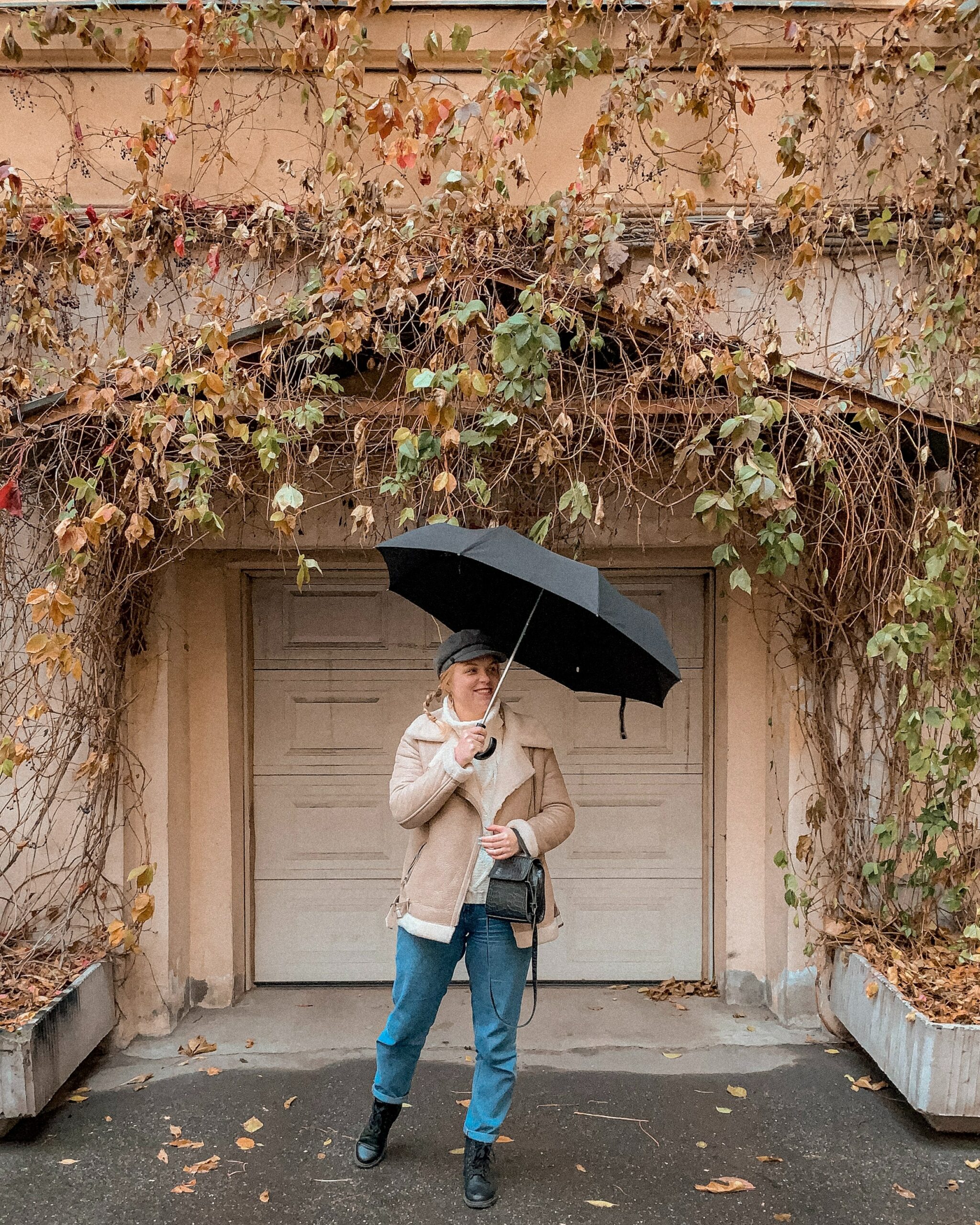Almost any plumbing repair or fixture replacement can be done with just a few universal instruments, hard work, and sufficient knowledge. No physical exertion is involved in this work, but this will depend on the scale of your plumbing task.
However, while there’s nothing wrong with attempting a proactive overhaul of your plumbing or other home improvement projects, many do-it-yourselfers make mistakes that tend to cost a lot more money at a later time. For example, there are many types of pipes, fittings, glues, and solders out there, and people who don’t have professional experience will often get them wrong, and eventually it’d cause more damage down the line.
It’s also one of the reasons why it’s always best to contact professional services instead when parts of your plumbing system need repairs. To find professional plumbing contractors in your area, you can use reliable aggregator sites like My Trusted Contractor, which pre-screens each contractor on their list to guarantee their qualifications.
But besides using the wrong parts, this article will also tackle the most common mistakes made by DIYers.
Overtight Connections
The #1 DIYer mistake is overtightening screws when putting them back. Using too much force on certain areas of the plumbing system can damage the fitting. Although most cracks won’t appear immediately, the excessive force can cause the fitting to break weeks later, which may result to leaks and other more severe damages.
Mismatched Pipes
It’s also common for DIYers to just guess the parts that work together, which, in plumbing will mean they’ll trying to enforce connections that probably don’t match, and then just patch the blank spaces with tape or silicone. A plumber has to deal with tangled, leaky pipes under a sink at least once in their career or maybe a junction that has failed behind the drywall. You should usually replace your old pipes unless you have absolutely no other option instead to make do with the old one connected to the new line.
Using Chemical Drain Cleaners
It seems that a liquid drain cleaner works wonders for many homeowners. You only have to flush a few drinks down the drain to open up the drain and discharge wastewater into the sewer. It is not uncommon for chemical drain cleaners to damage galvanized plumbing, which can last for years after use. It could cause leaks and corrosion on pipes of people who use this product regularly. As much as you want to follow the cleaning tips by ensuring your drainage is clean, this hack does more bad than good.
Wrong Tape Use
For Teflon thread tape (PTFE tape) to function successfully, it must roll clockwise around the thread. Most DIYers wrap the tape in the reverse direction, so it forfeits its purpose as it sleds off the thread. Teflon tape is useless without being embedded in the threads because it can’t seal.
Forgetting To Turn Off Water
When conducting plumbing work, it is essential to remember the first step – turning off the water. Almost any “easy” DIY project can lead to an expensive disaster if a loose-fitting or fixture springs a leak due to this unfortunate mishap. It is much easier to shut off the water when you could still guess where the appropriate valves are, but when you do not have time, then every second spent searching for the shut-off valve may cause significant damage to your home.
Not Having Plumbing Tools
Since plumbers always have the correct tools, the job looks easy. It’s not unusual for DIYers to try to make-do with the different home devices that aren’t even used for plumbing. In this case, things go awry. Using ordinary pipe wrenches or slip joint pliers on an old galvanized pipe will likely break it and leave some remnants or markings on the wall. An inexpensive internal pipe wrench can prevent that type of damage. This is true for any other kind of plumbing repair. Check out the necessary plumbing tools and invest in them for future plumbing DIY works.
Forgetting The Correct Assembly Of Things
When the pieces of your drain trap are scattered across the kitchen floor, it can be easy to forget how they should be assembled. If you are taking apart a drain to clear a clog, there may be no instructions or at least a picture so that you won’t have any difficulty when reassembling that drain back to its original form.
Performing Unpermitted Work
Making substantial plumbing renovations without the proper permits can devalue a house and even cause you to pay some fines. Unpermitted work might take your home to sell longer or sell it at a lower price.
Using Galvanized And Copper Pipes
Whenever galvanized and copper pipes come in contact with one another, corrosion results. The replacement of galvanized piping with copper ones is a solution many homeowners do not realize could lead to a disastrous situation. Dielectric unions are used to solve this problem. Dielectric unions are particular joints designed to protect copper and galvanized pipes from touching one another with a plastic sleeve and rubber washer.
Wrong Leveling Of The Shower Floor
It’s easy to forget that gravity plays a significant role in the plumbing industry, even though there have been plenty of technological innovations. As a result of stagnation, water is a breeding ground for bacteria, mildew, and mold. Before designing and constructing the shower, the floor should be slanted in a way for water to pour into the drainage.
Conclusion
It may seem as if plumbing a house is an easy task, but more complex plumbing systems are often required for the project to be successful. A professional plumber can assist you if doing the job yourself sounds too overwhelming.






